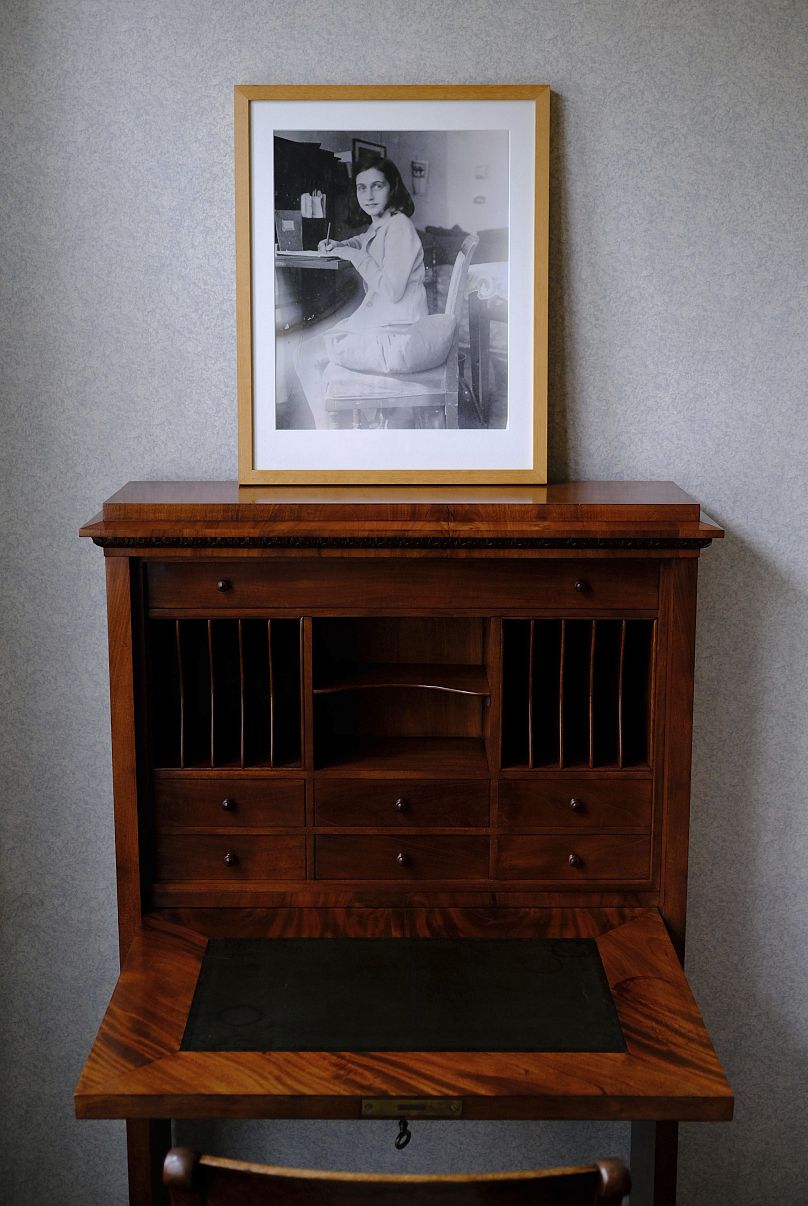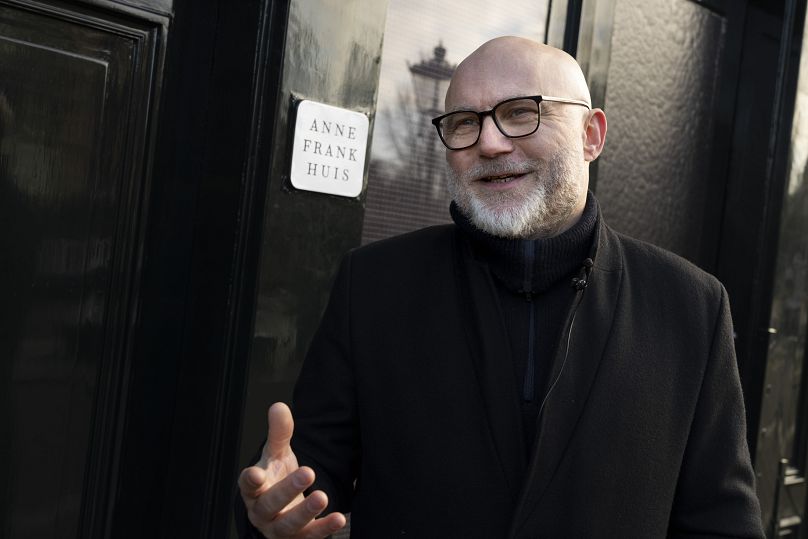In a 69-page written “refutation,” six historians and academics describe the cold case team’s findings as “a shaky house of cards.”
A group of Dutch historians has published an in-depth criticism of the work, and conclusions, of a cold case team that said it had pieced together the “most likely scenario” regarding who betrayed Jewish teenage diarist Anne Frank and her family.
The cold case team's research, which was published early this year in the book “The Betrayal of Anne Frank: A Cold Case Investigation,” by Canadian academic and author Rosemary Sullivan, immediately drew criticism in the Netherlands.
Now, in a 69-page written “refutation,” six historians and academics describe the cold case team’s findings as “a shaky house of cards.” The book's Dutch publisher repeated an earlier apology and announced Tuesday night it was pulling the book from stores.
The book said that the person who revealed the location of the Frank family's secret annex hiding place in an Amsterdam canal-side building was likely a prominent Jewish notary, Arnold van den Bergh, who disclosed the location to German occupiers of the Netherlands to save his own family from deportation and death in Nazi concentration camps.
The Dutch historians reviewed the team's work and concluded that the “accusation does not hold water.”
The historians said the book “displays a distinct pattern in which assumptions are made by the CCT (Cold Case Team), held to be true a moment later, and then used as a building block for the next step in the train of logic. This makes the entire book a shaky house of cards because if any single step turns out to be wrong, the cards above also collapse.”
In response, the cold case team's leader, Pieter van Twisk, told Dutch broadcaster NOS the historians' work was “very detailed and extremely solid” and said it "gives us a number of things to think about, but for the time being I do not see that Van den Bergh can be definitively removed as the main suspect.”
Since the book's publication in January, the team has published detailed reactions to criticism of its work on its website.
Dutch filmmaker Thijs Bayens, who had the idea to put together the cold case team, conceded in January that the team did not have 100% certainty about Van den Bergh.
“There is no smoking gun because betrayal is circumstantial,” Bayens told The Associated Press at the time.
The Frank family and four other Jews hid in the annex, which was reached by a secret staircase hidden behind a bookcase, from July 1942 until they were discovered in August 1944 and deported to concentration camps.
Anne and her sister died in the Bergen-Belsen concentration camp. Anne was 15. Only Anne’s father, Otto Frank, survived the Holocaust. He published her diary after World War II and it quickly became an enduring symbol of hope and resilience, read by millions around the world.
The Anne Frank House museum, which is based in the building where the Frank family hid, had no immediate comment on the historian's research. In January, museum director Ronald Leopold called the cold case team's conclusion “an interesting theory” but said he believed that "there are still many missing pieces of the puzzle. And those pieces need to be further investigated in order to see how we can value this new theory.”













